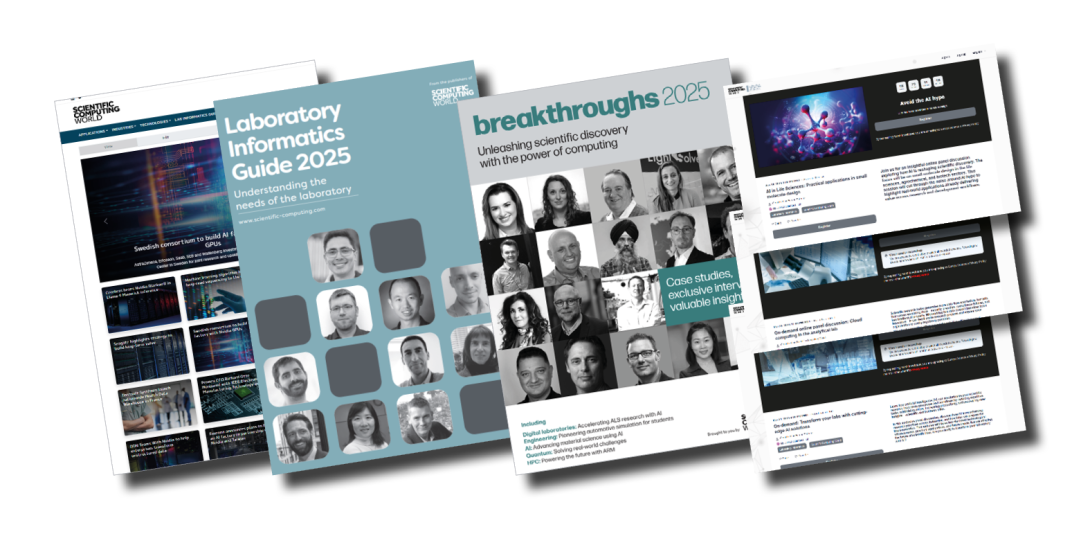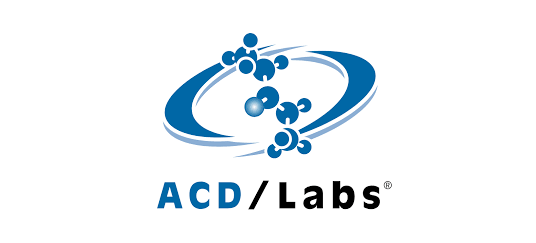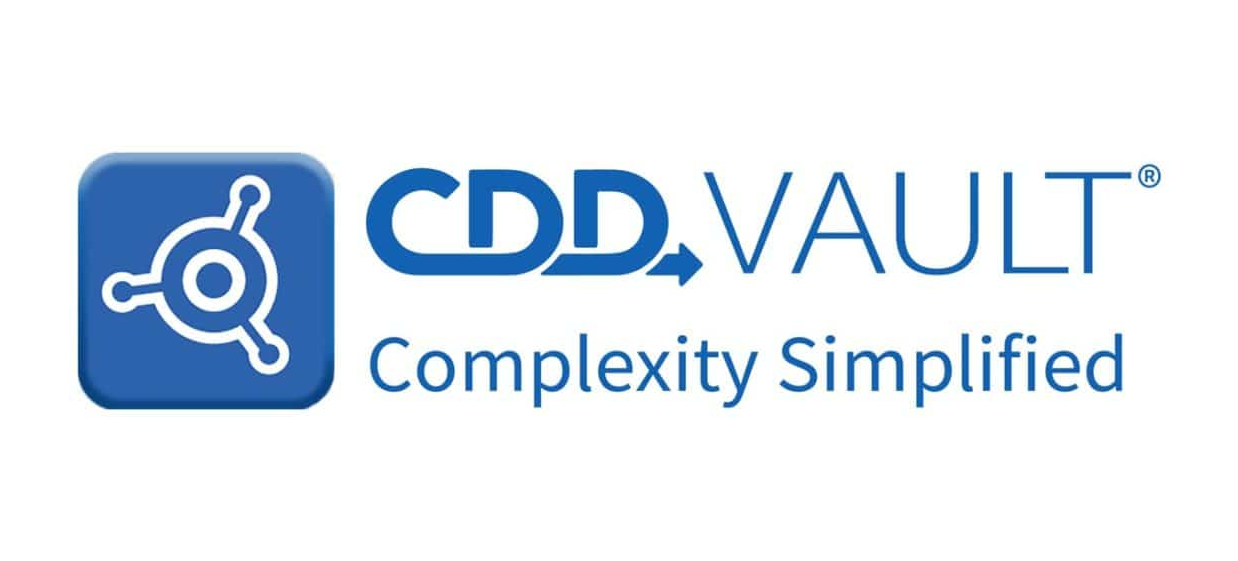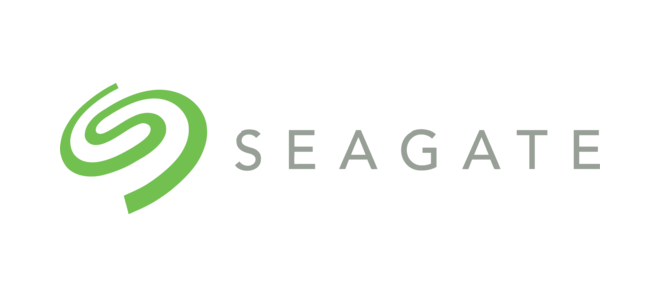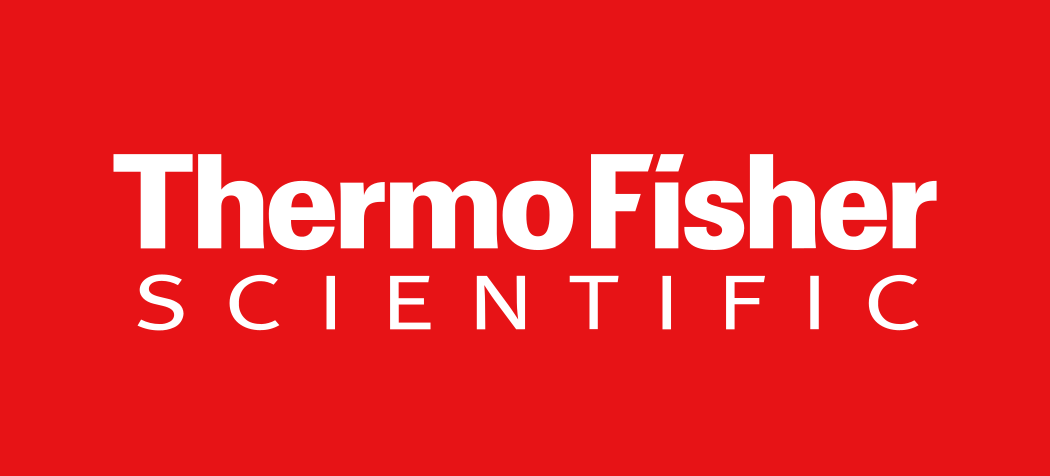AUDEx: Pioneering hands-on automotive simulation for future engineers
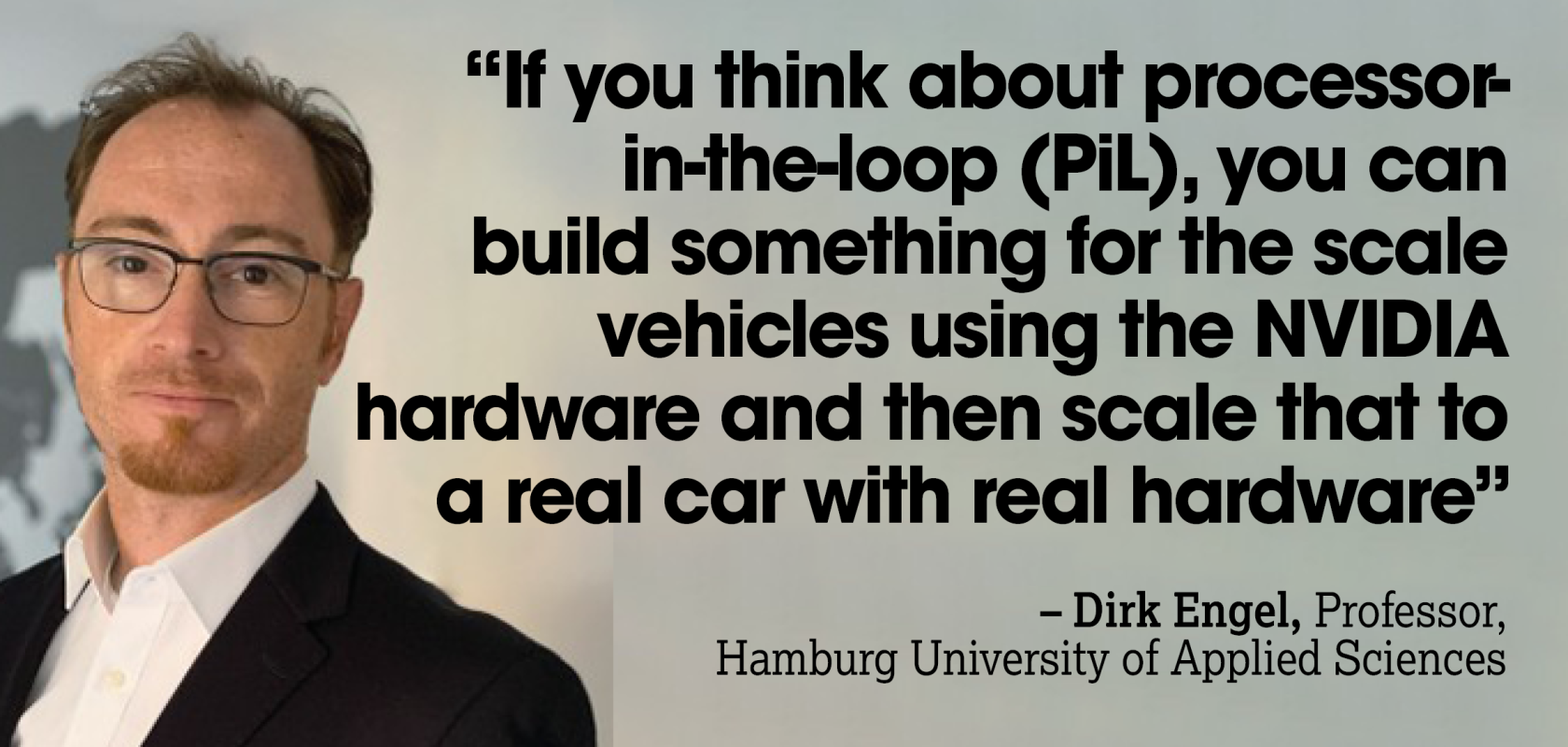
Professor Dirk Engel discusses the implementation of continuous integration and continuous delivery (CI/CD) processes in software development, particularly for autonomous driving and advanced driving-assisted systems as part of the Audex project

Register for FREE to keep reading
Join 12,000+ scientists, engineers, and IT professionals driving innovation through informatics, HPC, and simulation with:
- Insights into HPC, AI, lab informatics & data
- Curated content for life sciences, engineering & academia
- Access to Breakthroughs: real-world computing success
- Free reports & panels, including the Lab Informatics Guide
- White Papers & software updates for smarter research
Sign up now
Already a member? Log in here
Your data is protected under our privacy policy.
